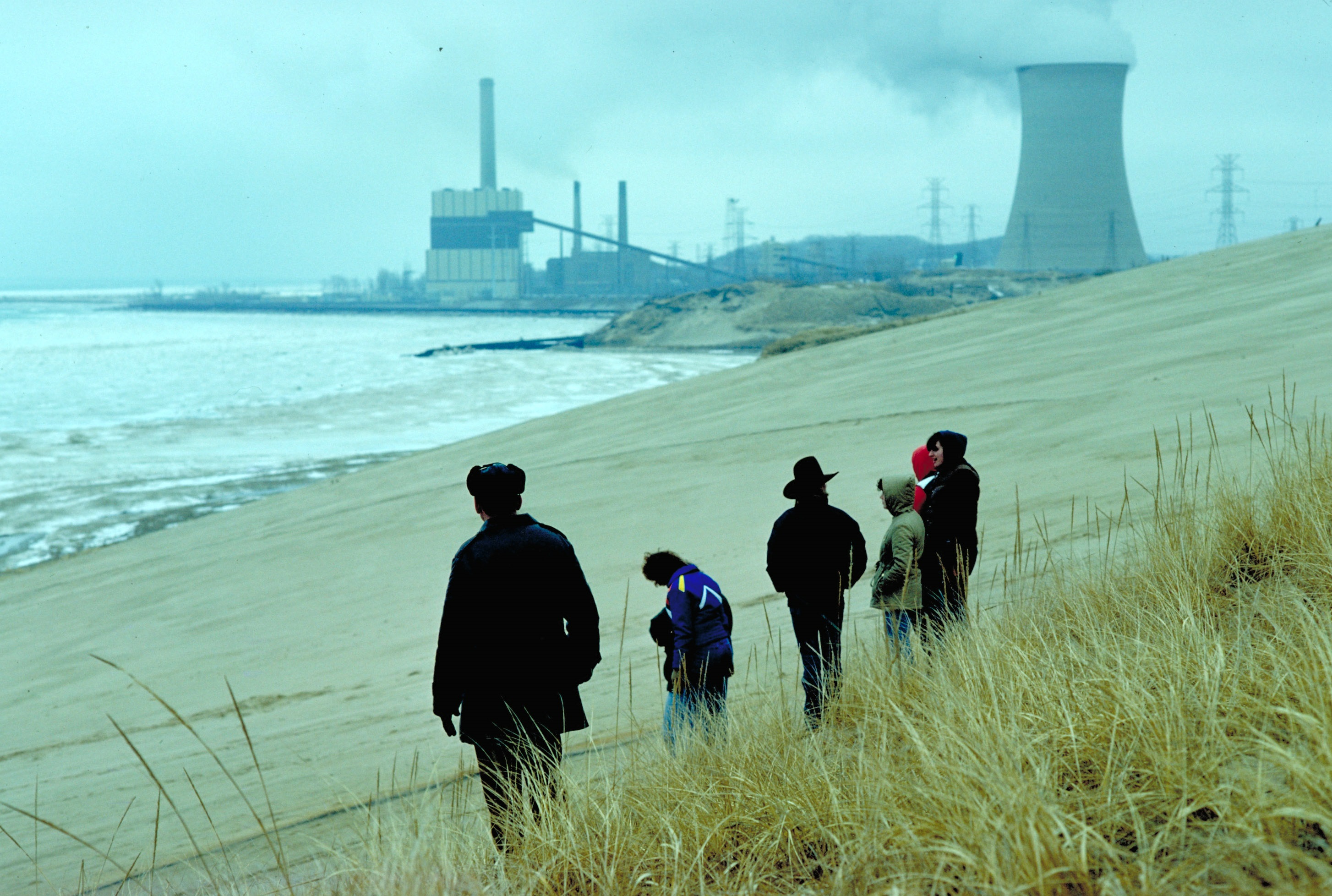
Illinois fights ozone pollution decision; AG coalition hits back at tailpipe standards
As the Trump administration continues its softening of environmental protections, lawyers and activist groups have drawn a line in the sand that says they’re ready to fight in court.
Illinois Attorney General Lisa Madigan recently filed suit against the U.S. Environmental Protection Agency alleging that the agency issued a rule that “fails to reduce smog in Illinois and Racine, Wisconsin.”
The suit challenges an EPA finding that a number of counties in Illinois, Wisconsin and Indiana are in “attainment” for the air quality standard for ozone. Attainment means that air quality is acceptable and the counties do not have to take additional steps to reduce smog.

Illinois Attorney General Lisa Madigan at the rally for workers, Photo by Slowking4 via wikimedia cc 3.0
Madigan says that’s a reversal of the EPA’s position which said the counties were not in attainment.
Madigan called the EPA move “arbitrary” and said in a press release that the agency is “ignoring its own scientific data in order to put industry profits ahead of the public’s health.”
Racine is important because it will be the home of Foxconn, the tech company that is building a manufacturing facility that it projects could bring up to 13,000 jobs to the region.
With the EPA declaring Racine in attainment, it means Foxconn will not have to meet stricter standards for smog, according to Madigan.
Madigan wasn’t done.
Along with 19 other attorneys general, Madigan filed a notice of intent to sue the Trump administration over its recently proposed rule to rollback Obama-era limits on tailpipe pollution.
In a joint release, the attorneys general said the Trump proposal to weaken the rules will lead to dirtier air, higher gas prices and will put “the health of our children, seniors, and all communities at risk, and increases the rising costs of climate change for our states.”
An intent to sue notice is generally a required procedure before a lawsuit is filed.
The notice includes in addition to Illinois, attorneys general from Minnesota, New York and Pennsylvania. Core Great Lakes states Michigan, Ohio, Wisconsin and Indiana did not sign on to the notice.
It’s not only Illinois Attorney General Madigan who’s pushing back on the EPA’s ozone attainment rule.
In a separate action Chicago’s Environmental Law and Policy Center (ELPC) and the Respiratory Health Association (RHA) filed a similar suit against the EPA.
ELPC’s Executive Director Howard Learner said “EPA has not followed the letter or spirit of the Clean Air Act and has excluded areas involving unhealthy air quality for millions of Midwesterners.”
Brian Urbaszewski directs environmental health programs at RHA and he said he’s concerned about the EPA action.
“Everyone deserves to breathe clean air, and the EPA’s decision puts area residents at risk of more lung infections, asthma attacks, and hospitalizations for respiratory problems,” he said.
The EPA’s website says “ozone in the air we breathe can harm our health, especially on hot sunny days when ozone can reach unhealthy levels. Even relatively low levels of ozone can cause health effects.”
Ozone action alerts are common in Chicago on hot days. An alert is a signal for vulnerable groups like seniors and those with respiratory problems to limit their outdoor activity.
Separate, ELPC is due back in federal court in Toledo later in August concerning its action to require the EPA to adhere to the Clean Water Act and force Ohio to set enforceable limits on the amount of nutrient runoff that can flow to Lake Erie.
Nutrient runoff from farms is the primary contributor to Lake erie’s algae blooms.
The EPA has told the court that action is no longer necessary and wants the suit dismissed.
And legal action continues on the Obama-era Waters of the United States Rule, generally known as the Clean Water Rule.
The rule was put forth to define which waters can be regulated under the Clean Water Act. Past court decisions left the issue unclear. Agricultural and real estate development interests oppose the rule calling it federal overreach.
Featured Image: Lake Michigan dunes with power plant in background, Photo by Lake Michigan
National Park Service via epa.gov
1 Comment
-
I am not only embarrassed but disgusted by T’Rump and his now ENTIRELY mis-named “Environmental Protection Agency”. Can only keep my fingers crossed that he’ll be diagnosed with terminal lung cancer by next year. : )





